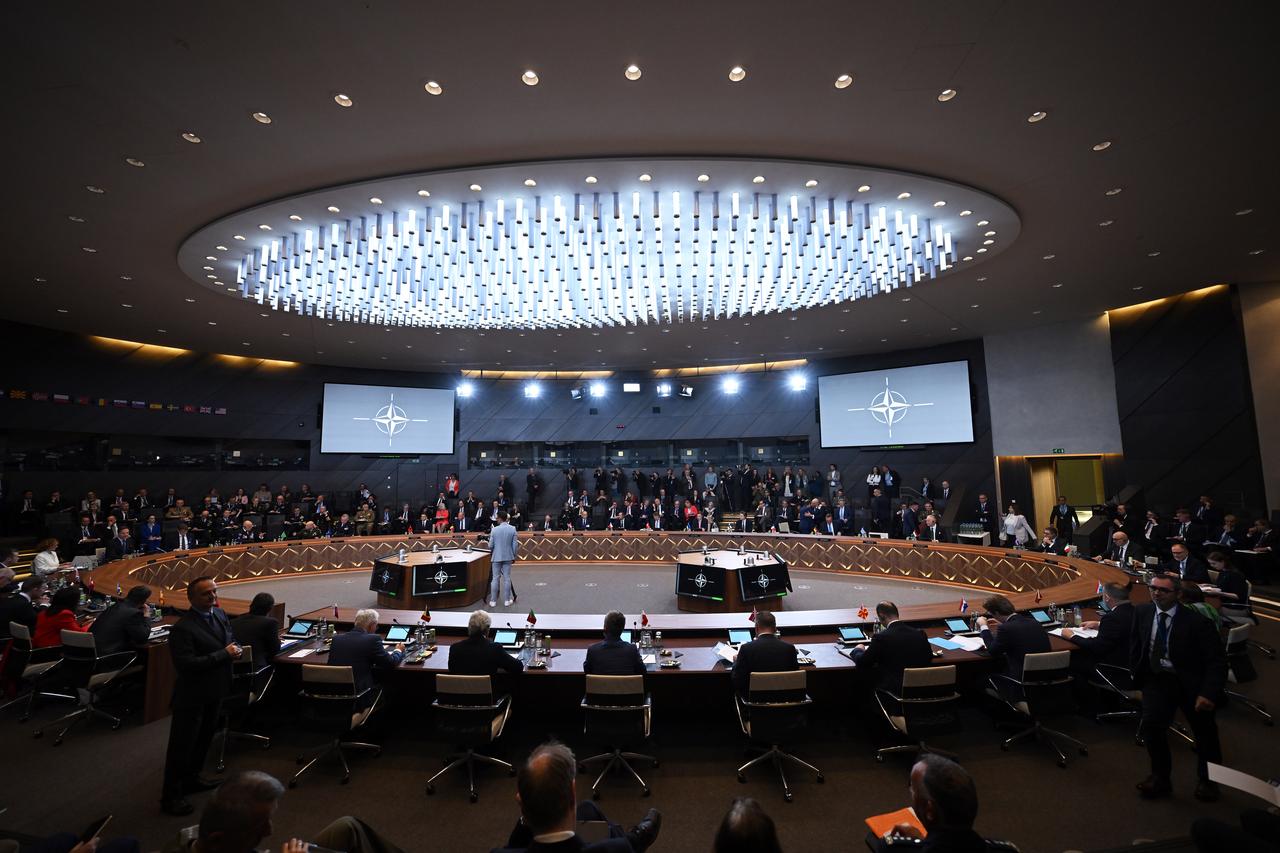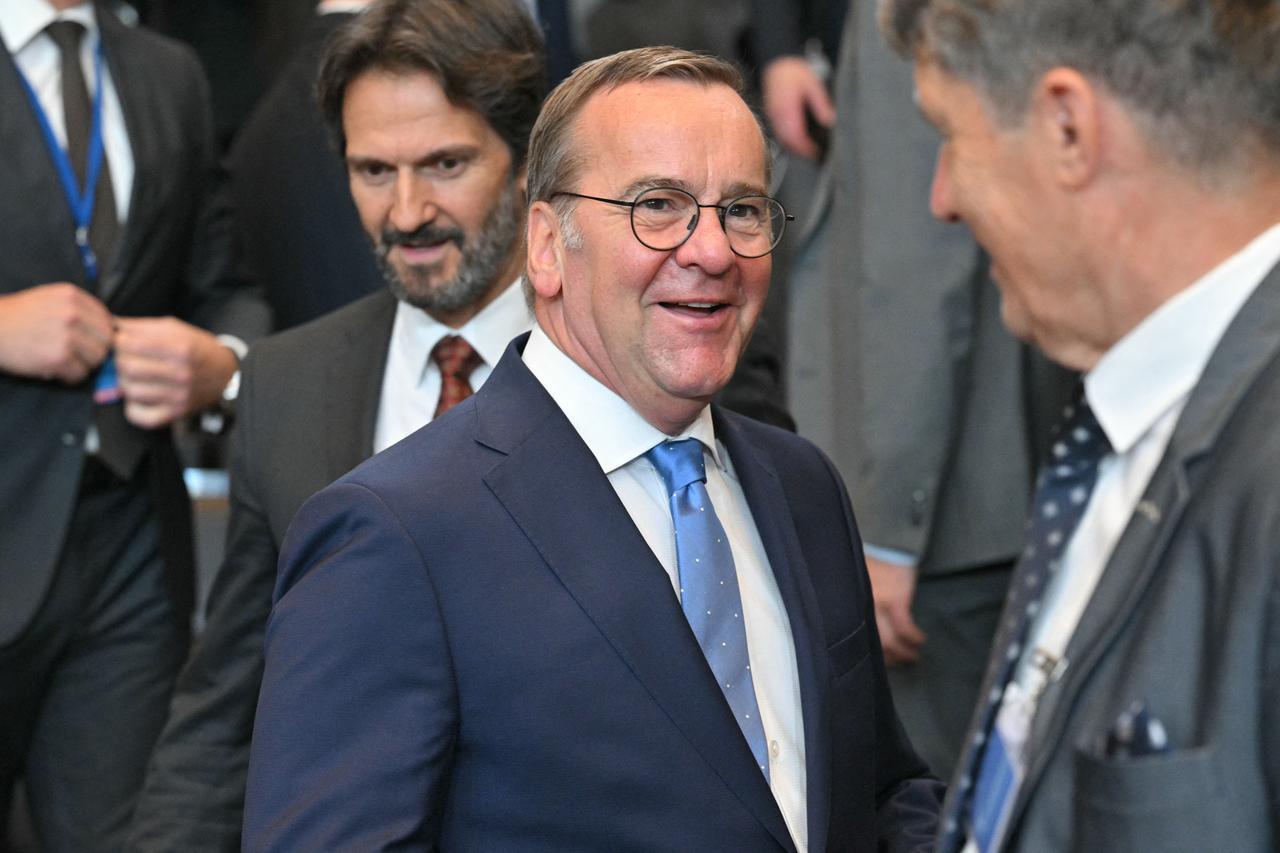
NATO Secretary-General Mark Rutte announced Thursday that he will propose increasing alliance defense spending targets to 5% of gross domestic product (GDP) at the upcoming Hague Summit, more than doubling the current 2% requirement.
Speaking after the NATO Defense Ministers Meeting in Brussels, Rutte confirmed allies had agreed on "a series of ambitious new capability targets" and expressed confidence about reaching a deal.
"I have total confidence we will get there," Rutte said. "Look at the Russian threat. The Chinese build-up. We live in a different world. We live in a more dangerous world."
The defense spending proposal includes a timeline to reach 3.5% of GDP on core military spending by 2032, with an additional 1.5% allocated to broader security-related areas, including infrastructure.
Currently, only a handful of NATO countries, most concerned about Russian threats, including Poland and the Baltic states, are on target to spend 5% of their GDP on defense.

The proposed spending increase would allocate 3.5% of GDP to "core defense spending" and 1.5% to "defense and security-related expenditures," according to Rutte.
The NATO chief confirmed the United States has also committed to the new target, though Washington already spends 3.4% of its GDP on defense.
When asked about implementation, Rutte said he had a "cunning plan" to hold political leaders accountable through yearly plans showing annual increases toward the 5% target.
U.S. Defense Secretary Pete Hegseth said NATO allies were "very close, almost near consensus, on a 5% commitment for NATO in The Hague later this month."
"Countries in there are well exceeding 2% and we think very close, almost near consensus, on a five percent commitment," Hegseth told reporters after meeting NATO counterparts.
"This alliance, we believe, in a matter of weeks, will be committing to 5%—3.5% in hard military and 1.5% in infrastructure and defense-related activities," he added.

Spain has been the most vocal in its reluctance to commit to the higher spending targets, as the country is only set to reach NATO's current 2% GDP target by the end of this year.
Defense Minister Margarita Robles said Madrid would not veto a deal, even if it disagreed with setting a "fixed percentage" figure.
Diplomats indicate other countries are negotiating for a longer timeline and seeking to drop requirements for core defense spending to increase by 0.2 percentage points annually.
NATO defense ministers signed off on new capability targets for weaponry needed to deter Russia, with significant implications for military personnel and equipment.
German Defense Minister Boris Pistorius estimated the new requirements would mean Berlin needs to add "around 50,000 to 60,000" more soldiers to its army.
Dutch Defense Minister Ruben Brekelmans said reaching the requested capability levels would cost the Netherlands at least 3.5% of GDP.
"The new defense investment plan, of course, is rooted in what we need in terms of the hard capabilities," Rutte explained.

Hegseth, who previously warned NATO in February that Washington could scale back European forces to focus on China, indicated continued US strategic shifts.
"We're going to make sure we shift properly to the Indo-Pacific and re-establish deterrence there, and then we're going to increase burden-sharing across the world," Hegseth said.
"America can't be everywhere all the time, nor should we be," he added, while noting he would not "get ahead" of Trump's decisions during ongoing US force deployment reviews worldwide.